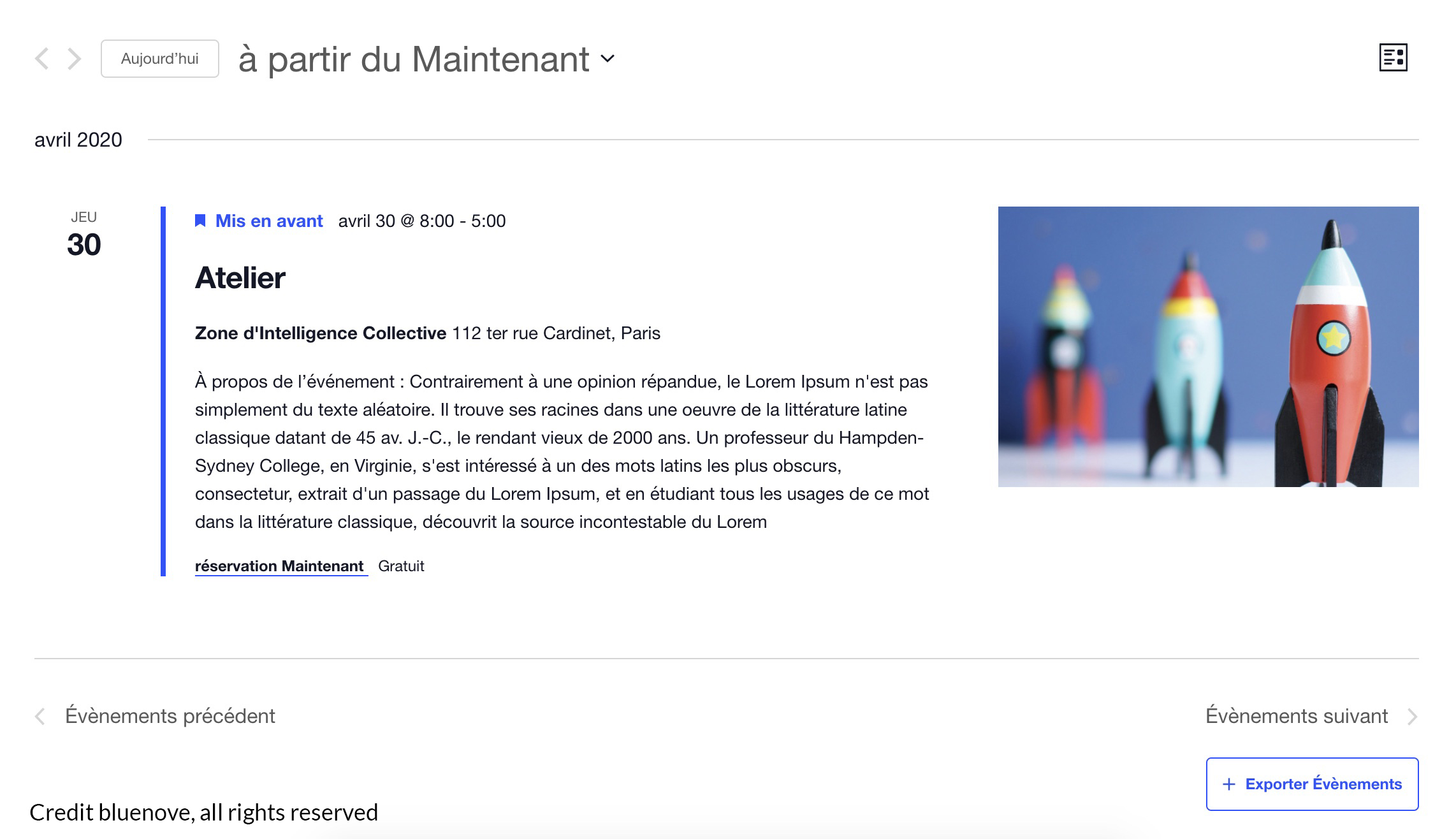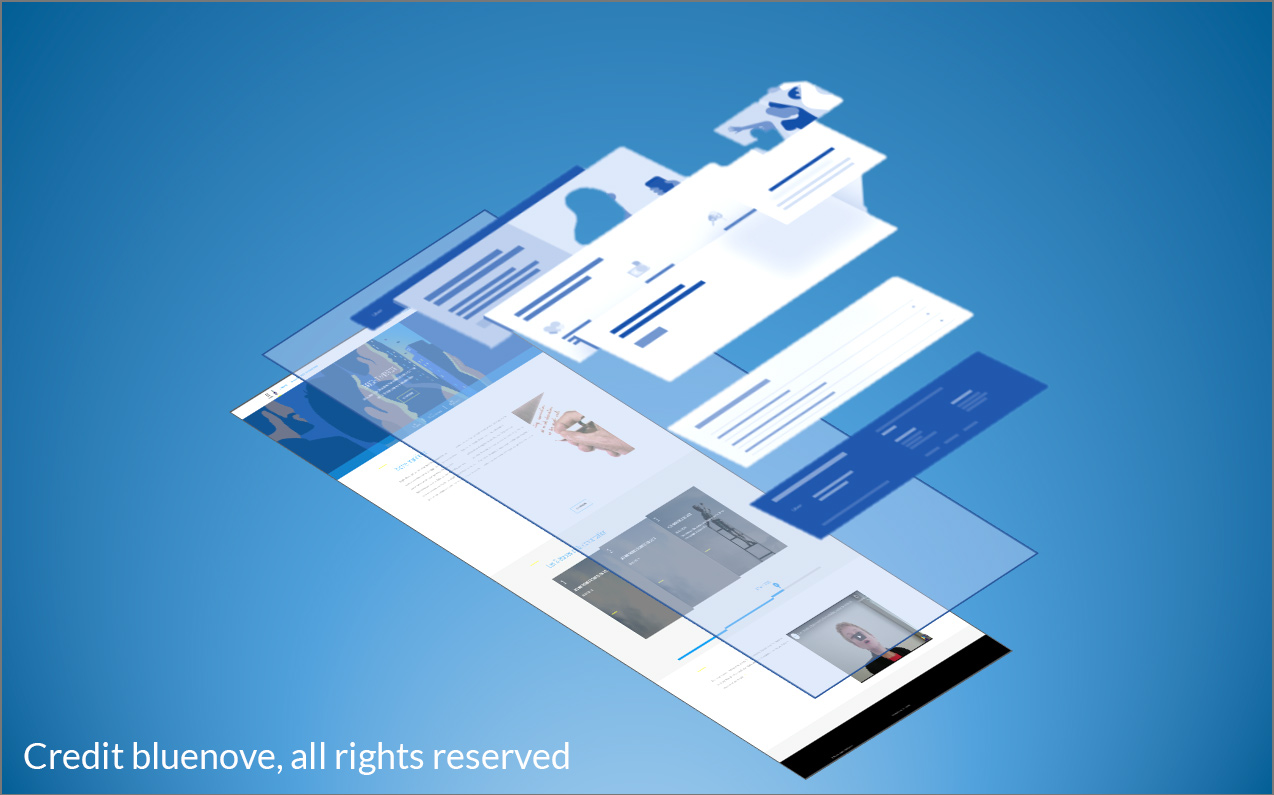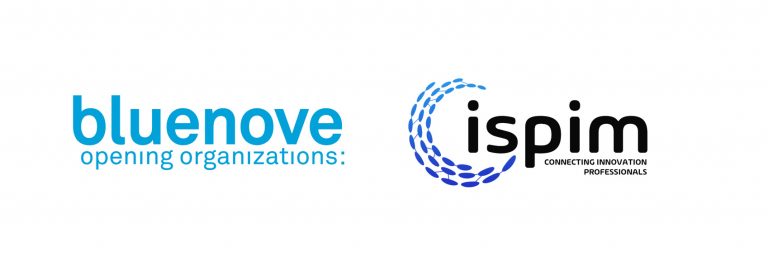Collective intelligence is the shared expression of genius that emerges from a population’s collaboration, competition and consensus. At bluenove, we specialize in mobilizing your organisation’s collective intelligence with consulting projects ranging from mission statements to open innovation to organisational transitions and transformations. In addition to our own methodologies, we use our suite of online tools (Assembl Live, Assembl Flash, Bright Mirror, and a collection of other collaborative modules) that make up the Assembl collective intelligence platforms.

Often, the product team’s largest stakes in a project are participant engagement and facilitating equal access to information and contribution, which each have heavy user experience (UX) considerations. As Lead Designer, I am mainly concerned with insuring a cohesive and fluid experience for our participants, in methodology, access to information and interaction, and user flows from one platform to another.
Methodologically, collective intelligence, open innovation, and service design are quite similar, each focussing on a cycle of divergence and convergence to develop ideas and concepts. They tend to differ in practical approaches, with their own toolsets and perspectives. Service and UX design concentrates mainly on the experience of the user, and extrapolates towards a larger context. Collective intelligence (as the name suggests) is more concerned with pulling insight from the collective experience of the population. These differing perspectives are also quite complementary, as the focus on the single user gives understanding of specific usages or experiences, while larger collective vision helps establish systemic insights. A big part of my day-to-day work involves building a bridge between these two worlds, helping the individual perceive their own place within the collectivity, and facilitating understanding both from the collectivity towards the individual, and vice-versa.
During an Assembl project, there are a few different kinds of information that must be available to the participants. These include our multi-functional modules, the landing page, the resources page, and the summary page. Starting with the landing page, we give the participant contexte by explaining the project’s objectives, through text, images and/or video. We then present the procedure of the project and its phases, while providing calls-to-action (CTA) that take the visitor directly to interactive module pages. Next, we have the resources page, which offers participants a more extended context for the project, and provides (as one can guess) basic resources that facilitate learning and collaboration on the different modules. Finally, we have the summary page, presenting the main summary of key phases of the project, valorizing the synthesis of all the contributions, discussions, and consensuses.
Design audits and platform iteration
Using primarily a digitally-facilitated approach to collective intelligence, Assembl and its many modules and use-cases are the center of our product development. Through user interviews and design audits, we came to understand that our current offer had room for improvement on the Landing, Ressources, and Summary pages. Additionally, we needed a more solid link between Assembl Flash and the original Assembl platform, which historically are employed separately for different projects. While reviewing these central elements of the user experience, it became important to be able to completely personalize the presentation of information, define different hierarchies, operate between our two main platforms, and retain our open-platform approach to future developments and integrations. In the interest of improving the interoperability of our Assembl based projects, we needed to find a new solution that worked with our existing technical constraints, while fluidifying its use.

This notion of interoperability was at first a bit daunting from a UX and UI (user interface) perspective, because deploying a project between multiple platforms (each with their own collection of functional modules) means we would possibly have at least two or three different interfaces and security authentications, and a multiplication of user flows. In our long term roadmap, “Mobile first” and “multi-platform cohesion” are within our top priorities. The homepage experience is even currently detailed as a whole service map of its own, regrouping a single user’s access and actions with the actions of the collective, within one harmonious interface. So how do we get from point A (a handful of modules and platforms with their own identities and securities) to point B (everything living under the same cohesive design roof) without over-exploiting our R&D? Essentially we needed a stronger CMS (content management system).
It was imperative that whatever solution we found was flexible enough to accomodate any client brief, and remain open to connecting new tools to our existing suite. We needed to do this without having to start developing our own CMS from scratch, as collective intelligence and the online tools that support our methodologies are our main expertises.
I am a big proponent of Webflow (an industry standard website design and development platform) for rapid site design and deployment. It thus became the testing grounds for our first proof of concept of a landing page, separate from the Assembl platform. The flexibility of Webflow worked well, and within a few days we had our first prototype. However, each deployment in parallel with an instance of Assembl required us to export the code from webflow, which made iteration much more cumbersome than expected. Additionally, plugging more and more APIs into the webflow platform wouldn’t have been sustainable, had we decided to keep the site code within webflow (which additionally posed many questions about security). At this stage, 3 operational measures emerged : simplicity of iteration, simplicity of onboarding for the consultants, and sustainable security standards. That’s when we took a look at WordPress.
A new Assembl experience
WordPress became our interim solution, allowing us to introduce new tools and content while continuing our product development cycle towards a standalone, flexible Assembl platform. After developing our template, adapting Assembl and its modules to this new format was not very difficult, having mainly to put in place a sturdier security brick for our private sector clients, and link the metric widgets to show participants the activity on the platform.
This new CMS allows me and the product team more control over a fluid information hierarchy. Additionally, we gained the ability to better present important elements like ressources or phase summary pages, which permit us to share our analyses of collaboration and consensus with a project’s participants. With this new solution we have full control of the accessibility of our main entryway into Assembl, all while remaining simple and effective in the interface design.

In terms of our development roadmap, WordPress is not a permanent solution. It comes with certain constraints, that would make our vision of personalizing the Assembl experience for each participant impossible. However, as we advance our concept development, WordPress allows us to continue producing, and even test new functionalities like event management, and blog features to keep each collective engaged with a more stable flow of information and synthesis, in a content flexible and device responsive environment.
We continue to actively push our products and methods to better leverage the collective intelligence of both the private and public sector. Don’t hesitate to get in contact with us if you have questions about our work, comments about this article, or are interested in seeing how your organization can benefit from our experience, methods and tools.



